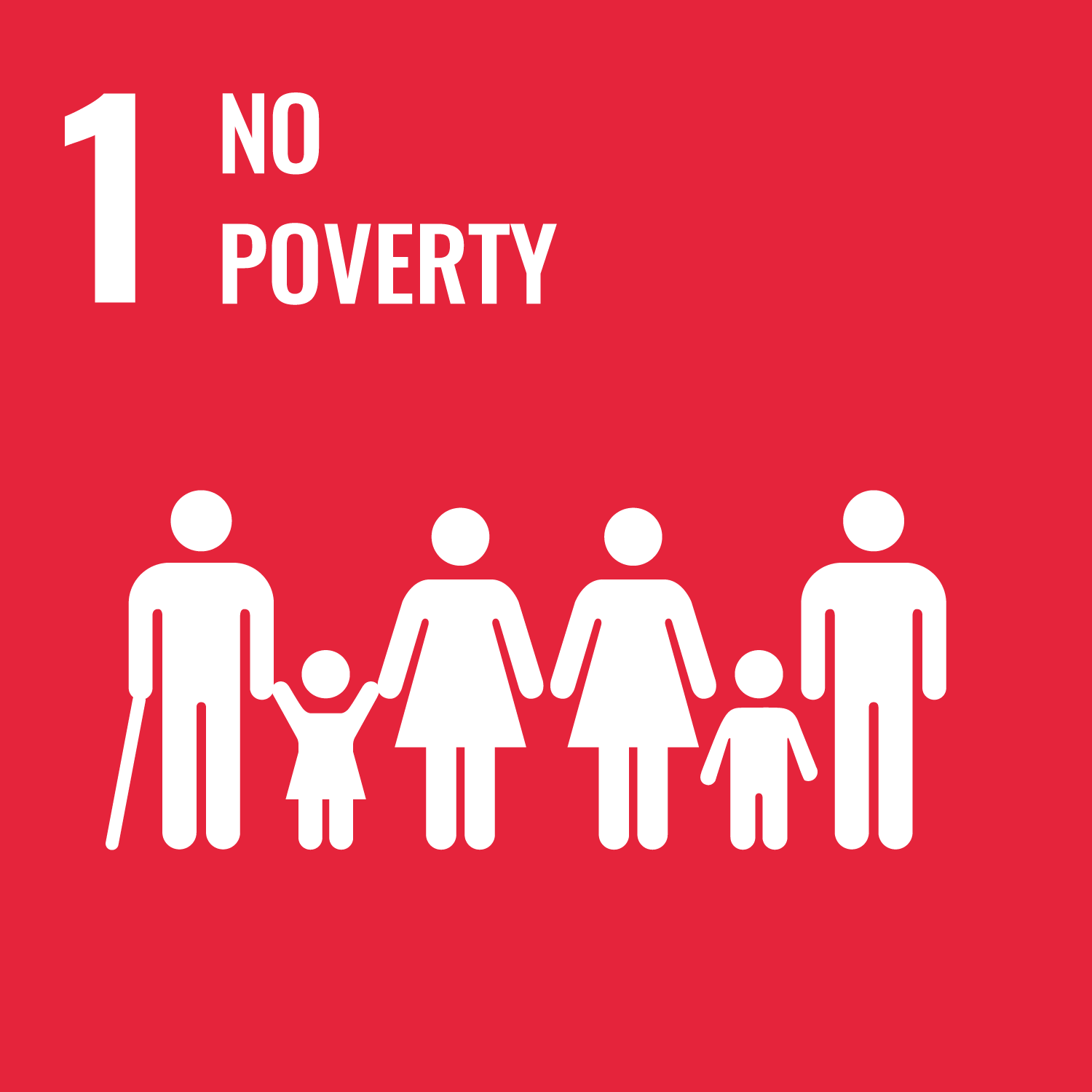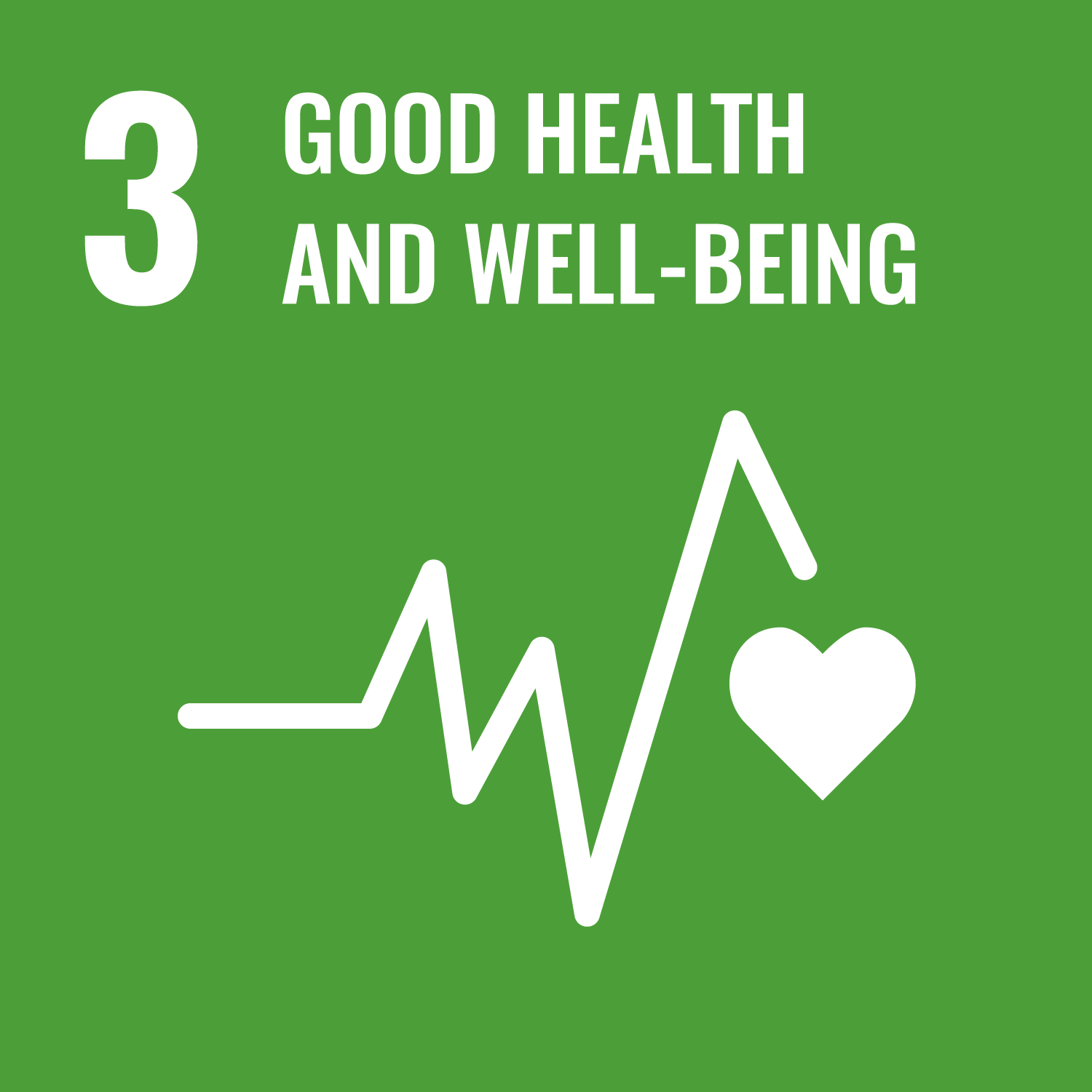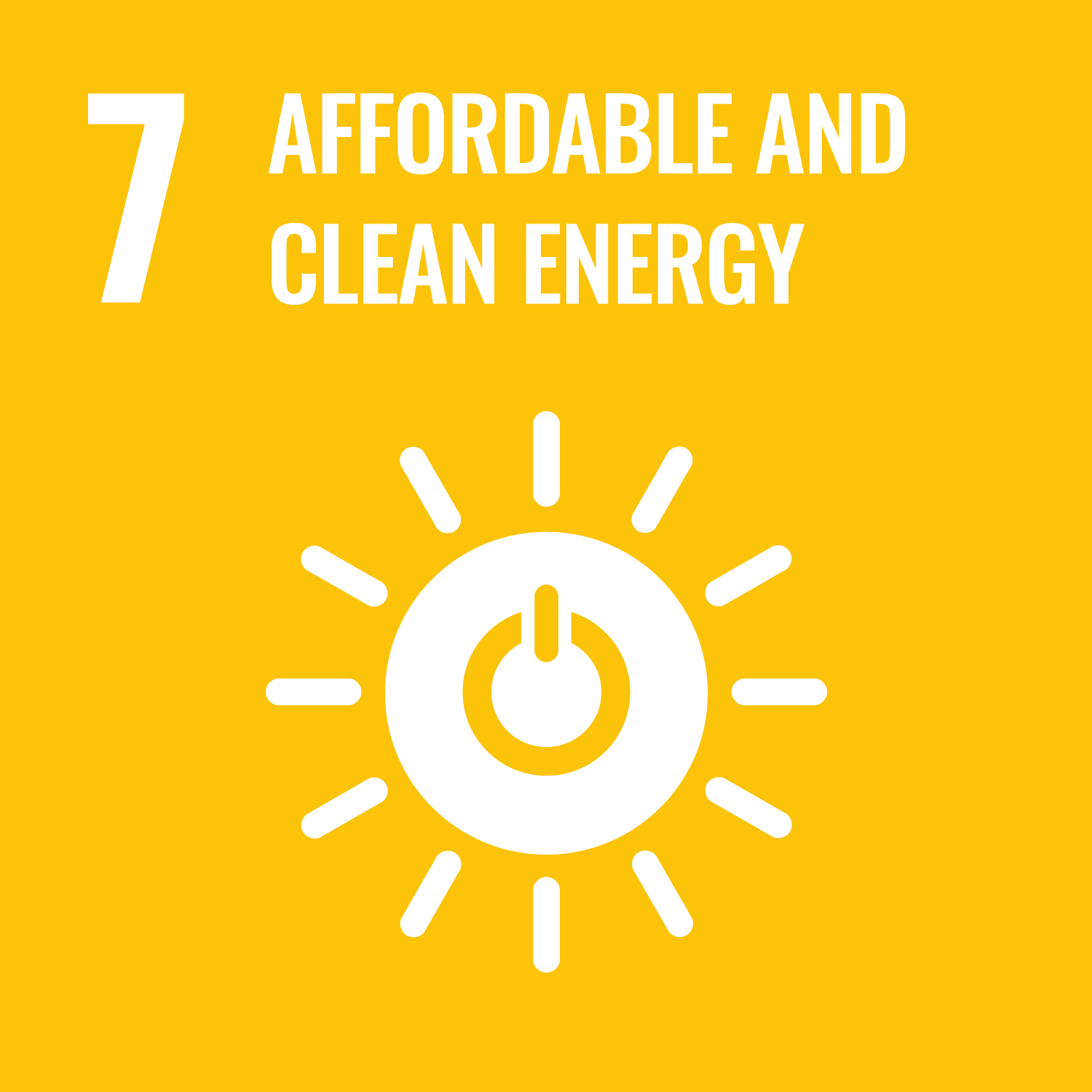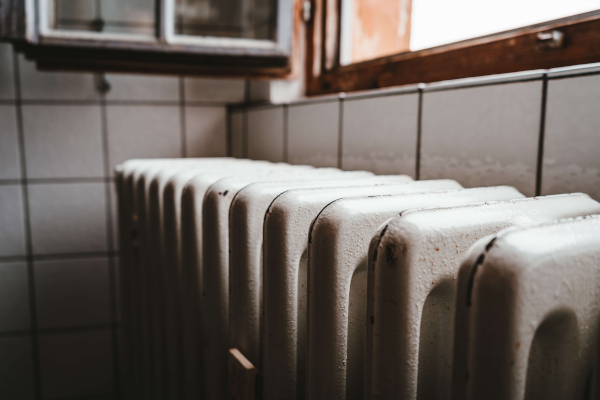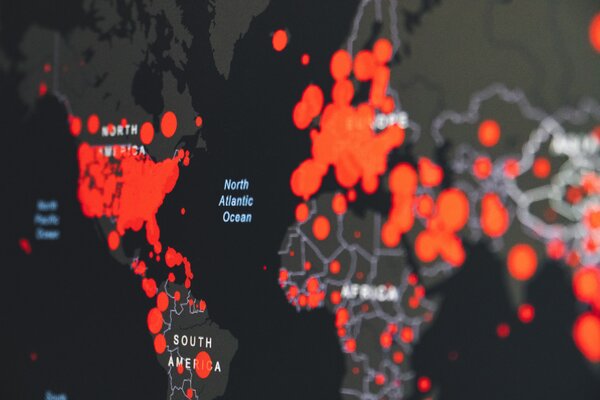RHEPOB - Revealing Hidden Energy Poverty through Occupant Adaptive Behaviour and the Architectural Features of Dwellings
RHEPOB - Revealing Hidden Energy Poverty through Occupant Adaptive Behaviour and the Architectural Features of Dwellings
National projectRHEPOB aims to analyse the relationship between hidden energy poverty, the adaptive behavior of occupants associated to thermal conditions and the architectonic features of dwellings in Central-Southern Chile, to generate architectonic design and usage criteria that help identify and reduce energy poverty. With a budget between 10.000 and 100.000€ the research is based on a mixed-method approach. The research has a non-experimental design with a descriptive-correlational scope. Data collection is based on fieldwork over two stages, using as a case study, dwellings in Central-Southern Chile, analyzing the relationships between variables that occur naturally in reality, seeking to generate means to minimize EP risk through the design and operation of buildings.
The first stage (year 1) considers the application of a single survey in a statistically significant number of homes of different typologies and incomes in the communes of Concepción, Chillán, Hualpén and San Pedro de la Paz. Sample sizes will be based on a prior calculation, considering at least medium-sized effects as relevant, for their later application to building design and operation practice. The survey looks to collate information about architectonic features, energy consumption, adaptive actions, comfort and wellbeing. The analysis will be statistical-correlational, seeking to identify relationships between variables and defining the actions associated to each one.
The second stage (year 2) is addressed as in depth case study with a mixed approach that includes surveys, interviews, and observations, complemented with quantitative measurements of environmental conditions, adaptive actions, and energy consumptions. The exact number will be defined following the findings of the first stage, but it is estimated that, considering the time and resources available, a maximum of 20 single-family dwellings and 4 apartment blocks will be studied, with sensitively similar surface areas, in Chillán and Concepción.
Finally, criteria to identify hidden energy poverty through adaptive actions, complementing existing indicators and identifying design and usage strategies for the reduction of EP from architecture will be developed.
The project started in 2021 and is ongoing until 2024.
Main beneficiaries: the energy-poor and low-income consumers.
It addresses the topics of: air quality, behaviour, coping strategies, cultural factors, energy access and consumption, energy efficiency, health, indoor comfort and underconsumption.
-
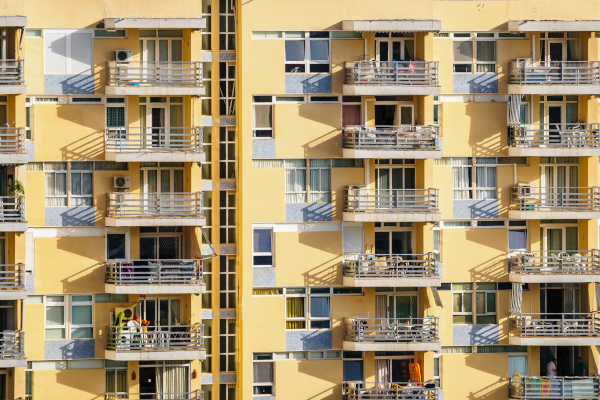
-

Chile
-
 Geographical scale:
Geographical scale:
-

-
 Intervention type:
Intervention type:
-
 Professionals involved:
Professionals involved:
-
 Type of funding:
Type of funding:
National funds from Chilean fund - FONDECYT (postdoctoral project 3210779) -
SDGs addressed:
